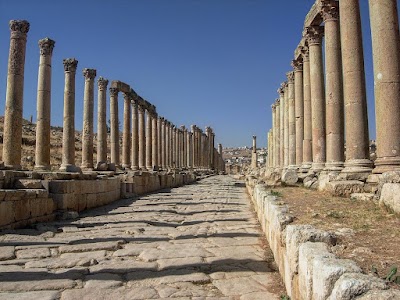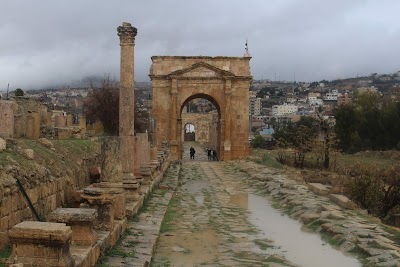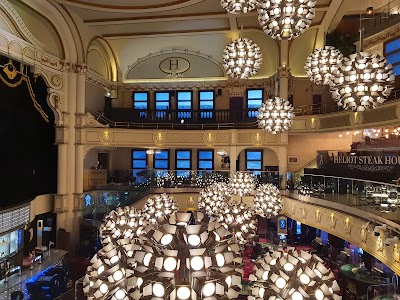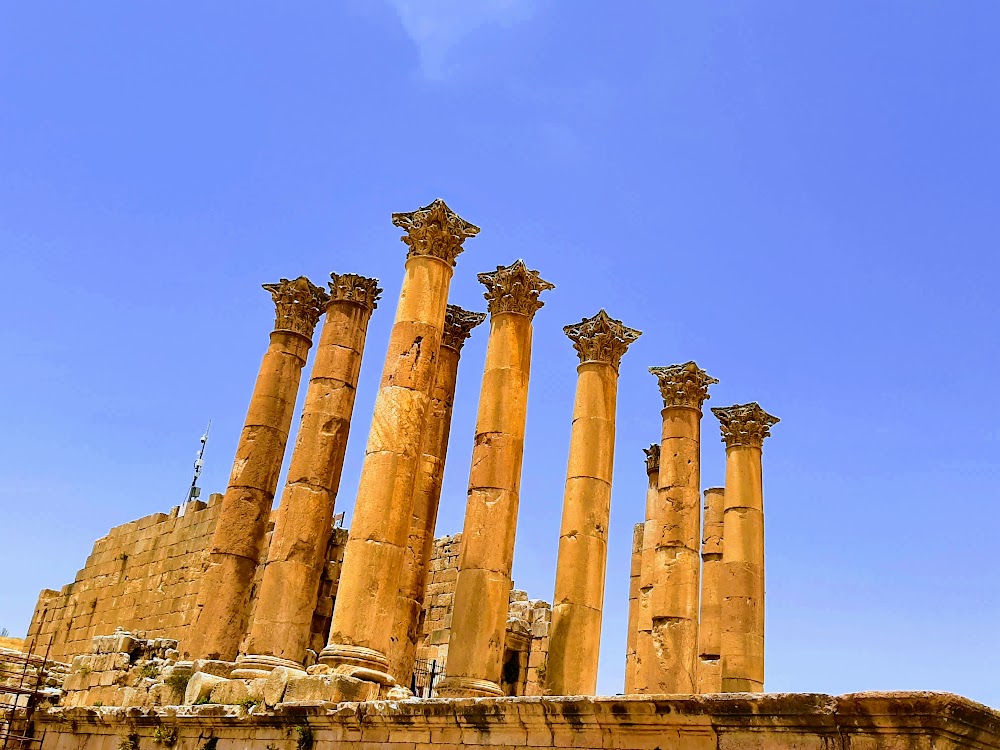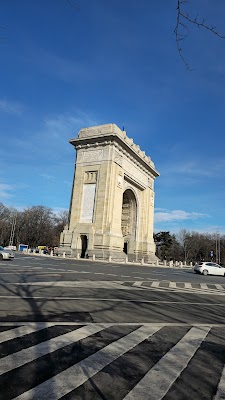Cardo Maximus (الكاردو ماكسيموس)
Overview
Cardo Maximus: A Glimpse into Roman Urbanism
Cardo Maximus, situated in the ancient city of Jerash in present-day Jordan, stands as one of the most extraordinary and well-preserved examples of Roman urbanism in the Middle East. This magnificent colonnaded street stretches approximately 800 meters and served as the lifeline of the city, functioning as the main thoroughfare during the Roman era. As you stroll along the Cardo Maximus, you will be transported back in time to an age when Jerash, known as Gerasa in antiquity, flourished as a vibrant metropolis.
A Rich Historical Background
The history of Cardo Maximus dates back to the 1st century AD, following Jerash's annexation by the Roman Empire. Under the reign of Emperor Trajan, the city saw remarkable expansion and development. Cardo Maximus was constructed as part of this urbanization initiative, showcasing Roman architectural and engineering brilliance. The street was meticulously designed as the central axis of the city, facilitating commerce and public gatherings while also enhancing its aesthetic appeal, adorned with towering columns and elegantly paved with large stone slabs.
A Social and Commercial Hub
Importantly, Cardo Maximus was not merely a functional road but also a vibrant social hub. The colonnades flanking the street were home to various shops, markets, and public buildings, making it a bustling center of daily life. Among the notable structures along the Cardo are the Nymphaeum, a grand public fountain dedicated to the nymphs, and the Tetrapylon, an impressive four-way arch that marks a significant intersection. These architectural marvels offer valuable insights into the sophistication of urban planning and the emphasis placed on public spaces in Roman cities.
Architectural Marvels and Preservation
Visitors to Cardo Maximus can marvel at the meticulous construction techniques employed by ancient builders. The road is remarkably straight and slightly concave, facilitating efficient drainage. Although many columns now lie in ruins, they once supported elegant covered walkways that sheltered pedestrians from the elements. The stones used in the street's construction still bear the ruts worn by chariots, providing a tangible connection to the past that visitors can almost feel beneath their feet.
One of the most fascinating aspects of Cardo Maximus is its preservation and restoration. Thanks to careful archaeological efforts, much of the street remains intact, allowing visitors to experience a piece of Roman history firsthand. The dedication to maintaining the site's integrity makes Cardo Maximus a significant educational resource, offering a glimpse into ancient urban life. It’s not uncommon to encounter historians, architects, and archaeologists among the crowds, all drawn by the street’s historical significance and architectural beauty.
Cultural Experiences and Events
Beyond its historical and architectural allure, Cardo Maximus also provides a culturally rich experience. During certain times of the year, the street comes alive with reenactments and festivals celebrating Jerash's heritage. These events feature vibrant displays of traditional music, dance, and crafts, further enhancing the visitor experience. Participating in such festivities adds a dynamic layer to your visit, blending visual splendor with the sounds and movements of ancient traditions.
The Meaning Behind the Name
An interesting fact about Cardo Maximus is that its name derives from the Latin term ‘Cardo,’ meaning the main north-south street in Roman towns, in contrast to the ‘Decumanus,’ the main east-west street. This design reflects Roman urban planning principles, emphasizing order, functionality, and grandeur. The intersection of the Cardo and Decumanus, known as the Tetrapylon, is especially noteworthy and serves as a focal point within the city’s layout.
A Journey Through Time
For foreign tourists, visiting Cardo Maximus is both an educational and inspiring journey. Walking down the same path trodden by Romans centuries ago is an unparalleled experience. From the grand arches to the intricate mosaics adorning parts of the pavement, each step along Cardo Maximus unveils new discoveries and deepens your understanding of Roman civilization and its lasting influence.
In conclusion, Jerash’s Cardo Maximus is not just an ancient street; it is a testament to the ingenuity and cultural richness of the Roman Empire. A visit here brings history vividly to life, and whether you’re a history buff, an archaeology enthusiast, or a traveler seeking to connect with humanity’s past, Cardo Maximus promises an unforgettable journey through time.


